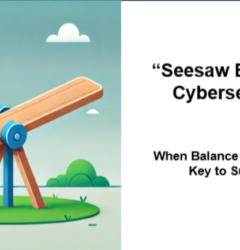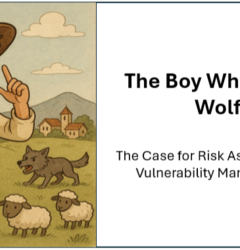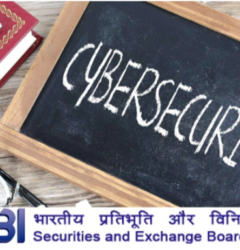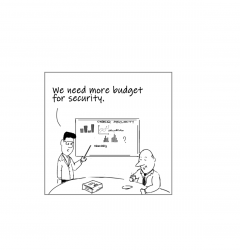Introduction
In the world of cybersecurity, vulnerabilities are an inevitable reality. No system, no matter how secure, is immune to flaws. Similarly, in life, every action has consequences—a principle deeply rooted in the concept of karma. Just as karma dictates the results of past actions in shaping our present and future, vulnerabilities in an organization’s security posture are the result of past decisions, system designs, and risk management strategies. By understanding vulnerability management through the lens of karma, security teams can adopt a proactive and strategic approach to risk mitigation.
The Three Types of Karma in Vulnerability Management
1. Sanchita Karma: The Accumulated Vulnerabilities
Sanchita Karma represents the sum of all past actions, both good and bad, which accumulate over time. In cybersecurity, this parallels the total backlog of vulnerabilities an organization has accumulated over years of operation. These could be legacy security flaws, misconfigurations, outdated software, or technical debt from past development choices.
How to Handle Sanchita Vulnerabilities?
- Conduct comprehensive vulnerability assessments to identify all existing security gaps.
- Prioritize vulnerabilities based on Organizational context.
- Categorize vulnerabilities based on criticality and impact.
- Develop a risk-based remediation strategy, prioritizing high-risk issues while systematically addressing technical debt.
2. Prarabdha Karma: The Active and Inevitable Risks
Prarabdha Karma is the portion of accumulated karma that manifests in the present life and must be dealt with. Similarly, some vulnerabilities have already made their way into active threats. These could be zero-day exploits, known vulnerabilities being actively targeted by attackers, or unpatched weaknesses in critical systems.
Managing Prarabdha Vulnerabilities:
- Implement a real-time threat intelligence system to monitor for vulnerabilities being actively exploited.
- Apply patch management best practices, ensuring critical patches are deployed swiftly.
- Utilize security controls such as intrusion detection and prevention systems (IDS/IPS) to mitigate the impact of actively exploited vulnerabilities.
3. Kriyamana Karma: The Present Actions that Shape Future Security
Kriyamana Karma is the karma created by our present actions, which influence our future. In cybersecurity, this represents the proactive measures an organization takes today to prevent vulnerabilities from emerging tomorrow. It includes security policies, development practices, and employee training.
Building Good Cybersecurity Karma:
- Shift left security: Embed security into the software development lifecycle (SDLC) to catch vulnerabilities early.
- Regular penetration testing and red teaming: Simulate attacks to uncover weaknesses before adversaries do.
- Security awareness training: Educate employees on phishing, social engineering, and security best practices to reduce human error.
- Zero Trust Architecture (ZTA): Adopt a “never trust, always verify” approach to minimize risk.
Agami Karma: Future Cyber Resilience
While not always explicitly mentioned, Agami Karma represents the future consequences of our current actions. Organizations that take security seriously today will have a more resilient and secure future, reducing the likelihood of critical breaches and regulatory penalties. Cybersecurity maturity is not an overnight achievement; it is a continuous process built on proactive measures taken consistently over time.
Conclusion
Just as karma is a cycle of cause and effect, cybersecurity is an ongoing process of identifying, managing, and mitigating vulnerabilities. By acknowledging the accumulated risks (Sanchita), addressing immediate threats (Prarabdha), and taking proactive security measures (Kriyamana), organizations can shape a more secure and resilient future (Agami).
A strategic and disciplined approach to vulnerability management is the key to ensuring that the cyber karma an organization creates today leads to a safer tomorrow.
Seconize DeRisk Center can help the complete life cycle of vulnerabilities including identification, prioritization, remediation and validation on a continuous basis. Book a demo to know more

















Recent Comments